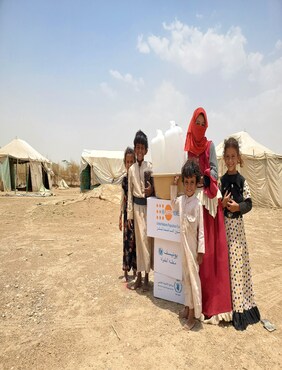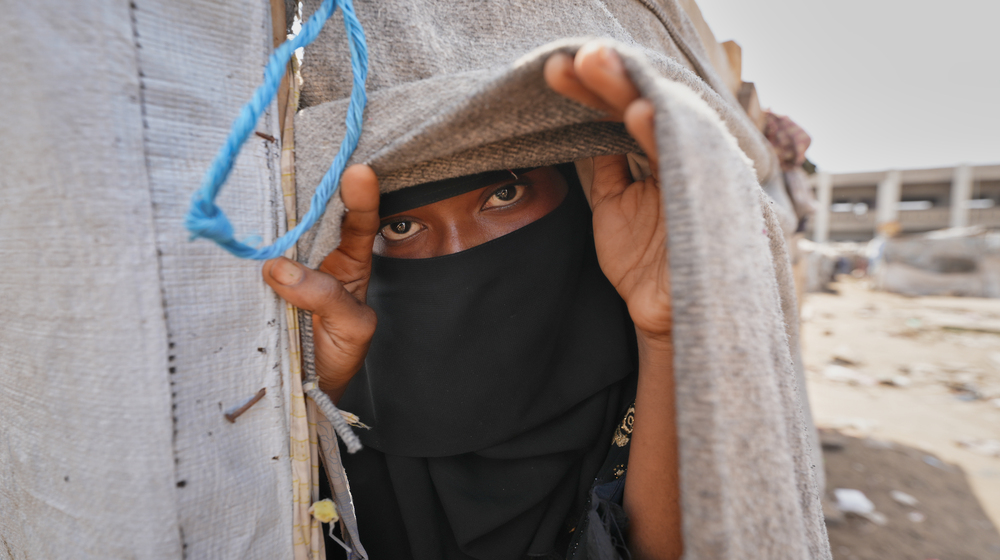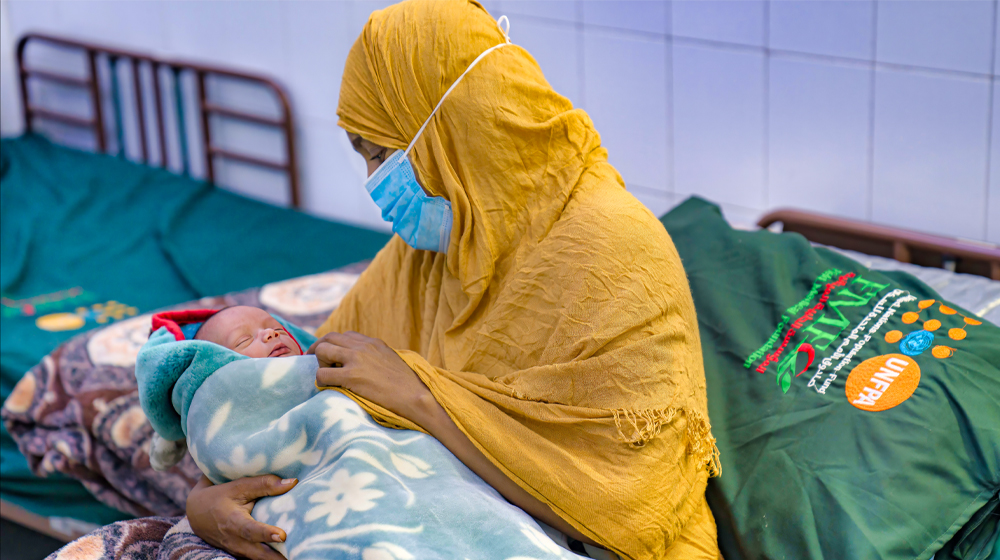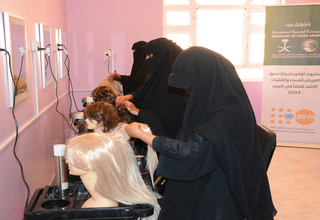Yemen remains one of the world’s largest humanitarian crises, with an estimated 21.6 million people needing humanitarian assistance or protection in 2023. The humanitarian crisis, primarily driven by continued conflict and an economic collapse, has been exacerbated by critical funding gaps, global inflation, and access challenges.
The knock-on effects of the war in Ukraine have worsened global food shortages and impacted many households in Yemen as food prices become unaffordable for vulnerable families; particularly households headed by women. An estimated 26 per cent of displaced households in Yemen are now headed by women.
Extreme weather conditions across Yemen, including heavy rains and flooding led to increased displacement in the second quarter of the year. The majority of those affected resided in areas that are hard-to-reach and host families displaced by conflict. The UNFPA-led Rapid Response Mechanism (RRM) stepped up its response to assisted flood-affected families in 18 affected governorates. More than 73,000 people affected by flooding were assisted up to June 2023, with sixty-six percent of individuals targeted for RRM assistance consituting those affected by floods.
Shortages in funding continue to force aid organizations to reduce or close critical assistance programmes. The 2023 Humanitarian Response Plan, seeking US$4.34 billion to assist 17.3 million people, was only 29.1 per cent funded by June.
UNFPA's appeal of US$70 million to sustain programmes for women and girls in 2023, remains funded at 46 per cent.
In the first half of the year, UNFPA's response reached nearly a million individuals with life-saving reproductive health services, protection information and services and emergency relief, with support to 88 health facilities, 29 safe spaces, eight shelters and five specialized mental health centres.




